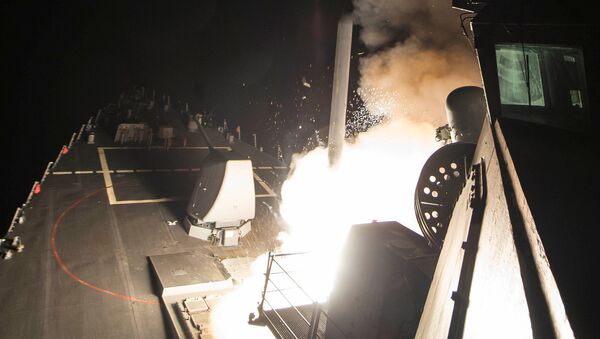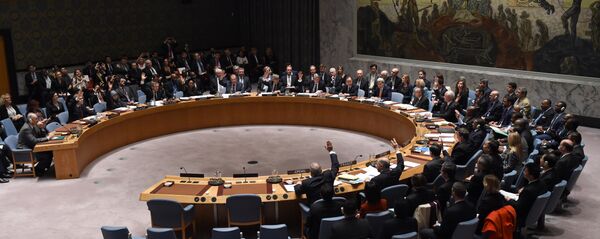"This escalation is short-sighted and will lead to more dead civilians, more refugees, the strengthening of al-Qaeda and other terrorists, and a direct confrontation between the United States and Russia — which could lead to nuclear war," Gabbard stressed on Thursday.
On Thursday night, the United States launched over 50 Tomahawk cruise missiles at the Syrian military airfield in Ash Sha’irat, located about 40 kilometers (25 miles) from the city of Homs. Trump said the attack was a response to the alleged chemical weapon use in Syria's Idlib on Tuesday, which Washington blames on the Syrian government.
Gabbard warned that because of the US missile strike in Syria, it could now be impossible to determine whether Syrian President Bashar Assad is indeed responsible for the alleged chemical weapon use.
"If President Assad is indeed guilty of this horrible chemical attack on innocent civilians, I will be the first to call for his prosecution and execution by the International Criminal Court. However, because of our attack on Syria, this investigation may now not even be possible," Gabbard said.
Following a chemical weapon attack in Syria’s East Ghouta in 2013, when hundreds of people were killed, Syria joined the Convention on the Prohibition of Chemical Weapons. This was the result of an agreement between Russia and the United States on the destruction of chemical weapons in the country under the control of the Organisation for the Prohibition of Chemical Weapons (OPCW) and stopped the US military intervention in Syria.
In January 2016, the OPCW announced that Syria’s entire chemical weapons arsenal had been destroyed.
However, in June 2016, the US State Department released a report stating that Syria continued to use chemical substances against citizens, and could have retained a chemical weapons stockpile. UN High Representative for Disarmament Affairs Kim Won-soo has said that UN and OPCW experts still cannot confirm the complete destruction of chemical weapon production facilities in Syria.




